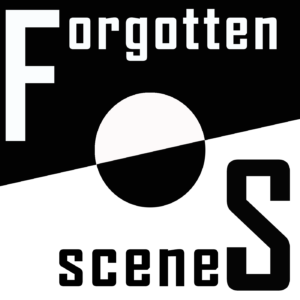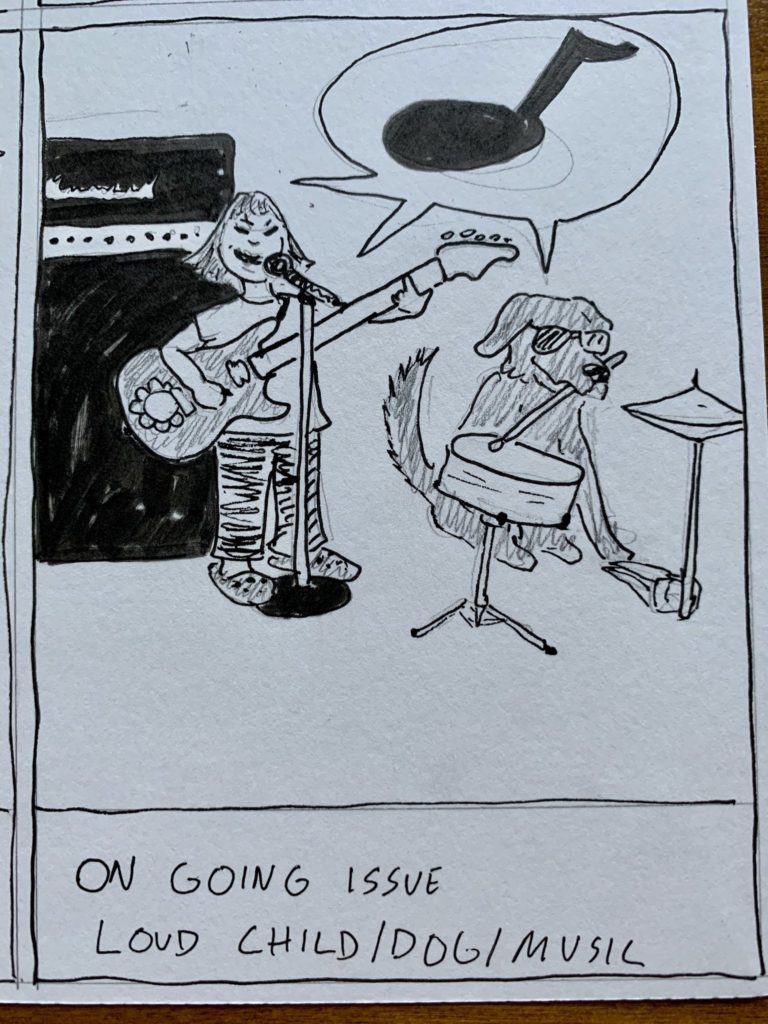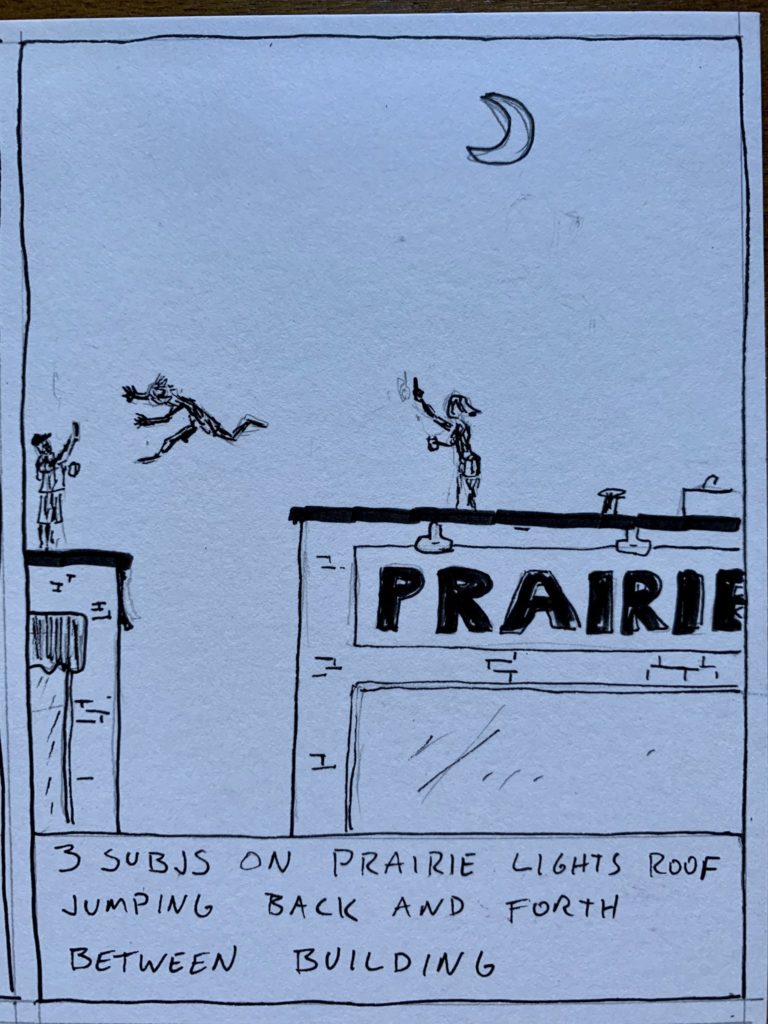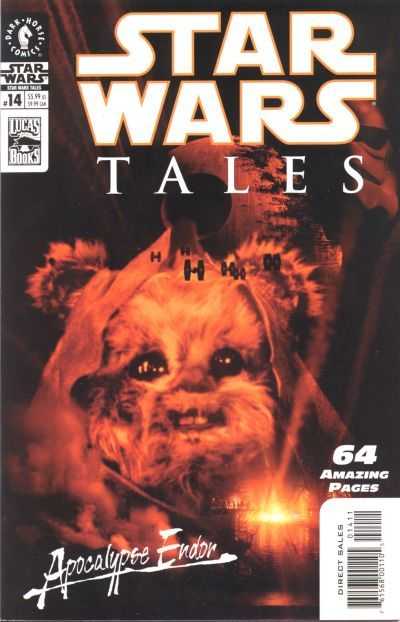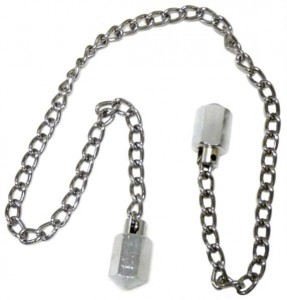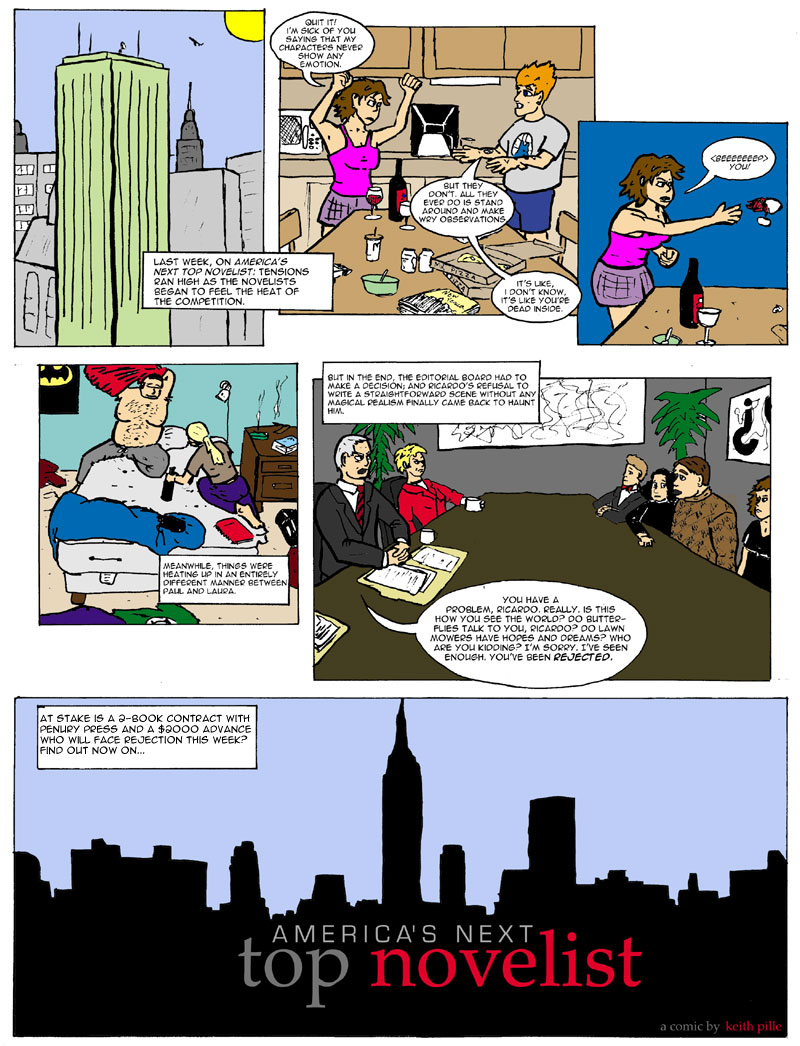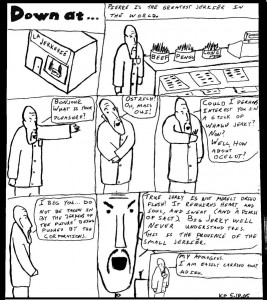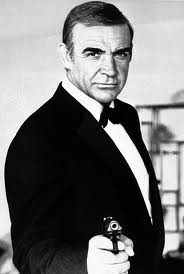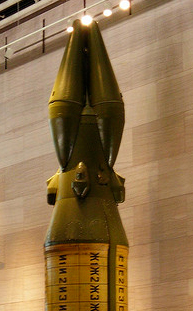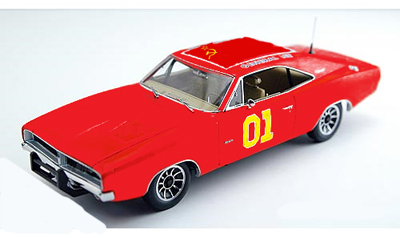 UNITED FEDERATION OF PLANETS
UNITED FEDERATION OF PLANETS
FORM TST-6- TEMPORAL DISPLACEMENT IMPACT ASSESSMENT (PAST)
for temporal displacements to the future, file form TST-7a
Filing officer information
Name:
Rank:
Starfleet ID:
Duty vessel:
Stardate of initial temporal displacement:
Stardate temporally displaced to:
Stardate returned to, if applicable:
Displacement involved (circle appropriate): ship / crew / both
Displacement was (circle appropriate): accidental / intentional
Number of Starfleet personnel displaced:
Number deceased while displaced:
Number of non-Starfleet individuals displaced:
Number deceased while displaced:
Answer these questions as completely as possible:
1. List all past-resident individuals encountered during displacement (using red pen, circle names of all past-resident individuals killed during displacement):
2. Using a 1-6 scale (1 unimportant, 6 critical), rank all individuals listed in question 1 in terms of their importance to known history:
3. Describe, in as much detail as possible, all interactions with past-resident individuals during displacement (attach additional sheets if needed):
4. Was any knowledge of future events or technology imparted to past-resident individuals during displacement?
If yes, list future events or technology discussed:
5. Were any present-resident individuals left behind in the past?
If yes, list their names and (if relevant) Starfleet IDs:
6. Were any past-resident individuals brought forward to the present?
If yes, provide as much identification data as possible:
7. Were any physical technological artifacts from the present left behind in the past?
If yes, list:
8. In your professional opinion, is it likely that a branching timeline was created by this displacement?
If yes, is it likely that this timeline is dystopian?
9. Rank, on a scale of 0-6 (0 is minimal, 6 is severe), your impact on the course of known history during the displacement:
THANK YOU FOR YOUR COMPLIANCE WITH STARFLEET TEMPORAL DISPLACEMENT REGULATIONS. YOU WILL BE CONTACTED FOR FURTHER DEBRIEFING WITHIN 10 BUSINESS DAYS OF SUBMISSION OF THIS FORM.


